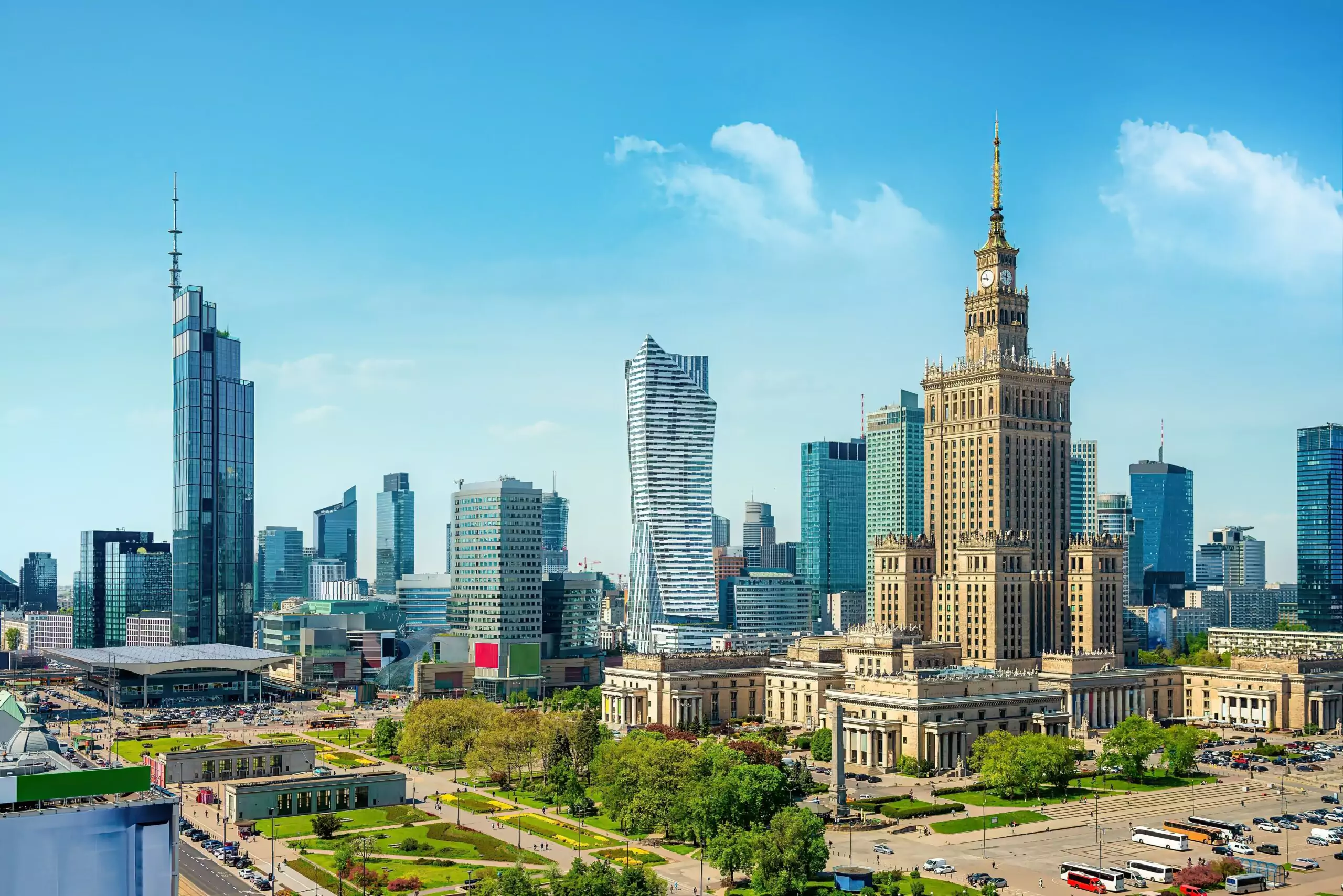
CEE region growth challenges
CEE region growth challenges
Context
Before 2020, CEE economies were growing in a moderate way, but were already facing a certain number of structural challenges potentially reducing future growth prospects. These include a shortage of skilled labour notably for addressing the digital transformation, a persistent investment gap, particularly for Non-Financial Companies (NFCs), insufficiently effective public finances and regulatory fragmentation. The financing model of the region also needs to evolve to allow more investment in innovative companies and immaterial assets, as it is very much supported by bank financing, direct foreign investment in labour intensive industries and portfolio capital coming into foreign-owned banks. The CMU is a welcome initiative in this perspective.
The Covid crisis led to a contraction of output in the CEE region in 2020 (around -4%), compensated in part by a rebound in 2021 (around +5.5%). The strong EU level public policy response to the pandemic is viewed as an opportunity for the region to redevelop its economies in line with the digital transition objectives of the EU, building on the acceleration of digitalisation put in place by many companies during the pandemic.
The green transformation is a more challenging objective in the region due to uncertainty about the actions needed to green the economy and insufficient skills in this area.
The Russia-Ukraine war brings new geopolitical risks, energy provision challenges and macroeconomic issues such as high inflation, which are expected to reduce growth potential in the region in 2022 and beyond should the conflict escalate or continue. The significant number of displaced Ukrainian families in the region is a further element to be considered.
Eurofi documents
Extracted from the main Eurofi publications (Regulatory Updates, Views Magazines and Conference Summaries)
Regulatory Update
Eurofi policy note
Views The Eurofi Magazine
Eurofi Views Magazine chapters
Filter
-
CEE – Is Europe’s growth engine in need of repair or just maintenance? new September 2024
Peter Csanyi - Member of the Board of Directors and Deputy Chief Executive Officer, Chief Digital Officer – Otp Bank
-
Time to rethink economic policies new September 2024
György Matolcsy - Governor – The Central Bank of Hungary
-
CEE – Is Europe’s growth engine in need of repair or just maintenance? new September 2024
Péter Csányi - Deputy Chief Executive Officer, OTP Bank
-
Barnabás Virág - Deputy Governor, The Central Bank of Hungary
